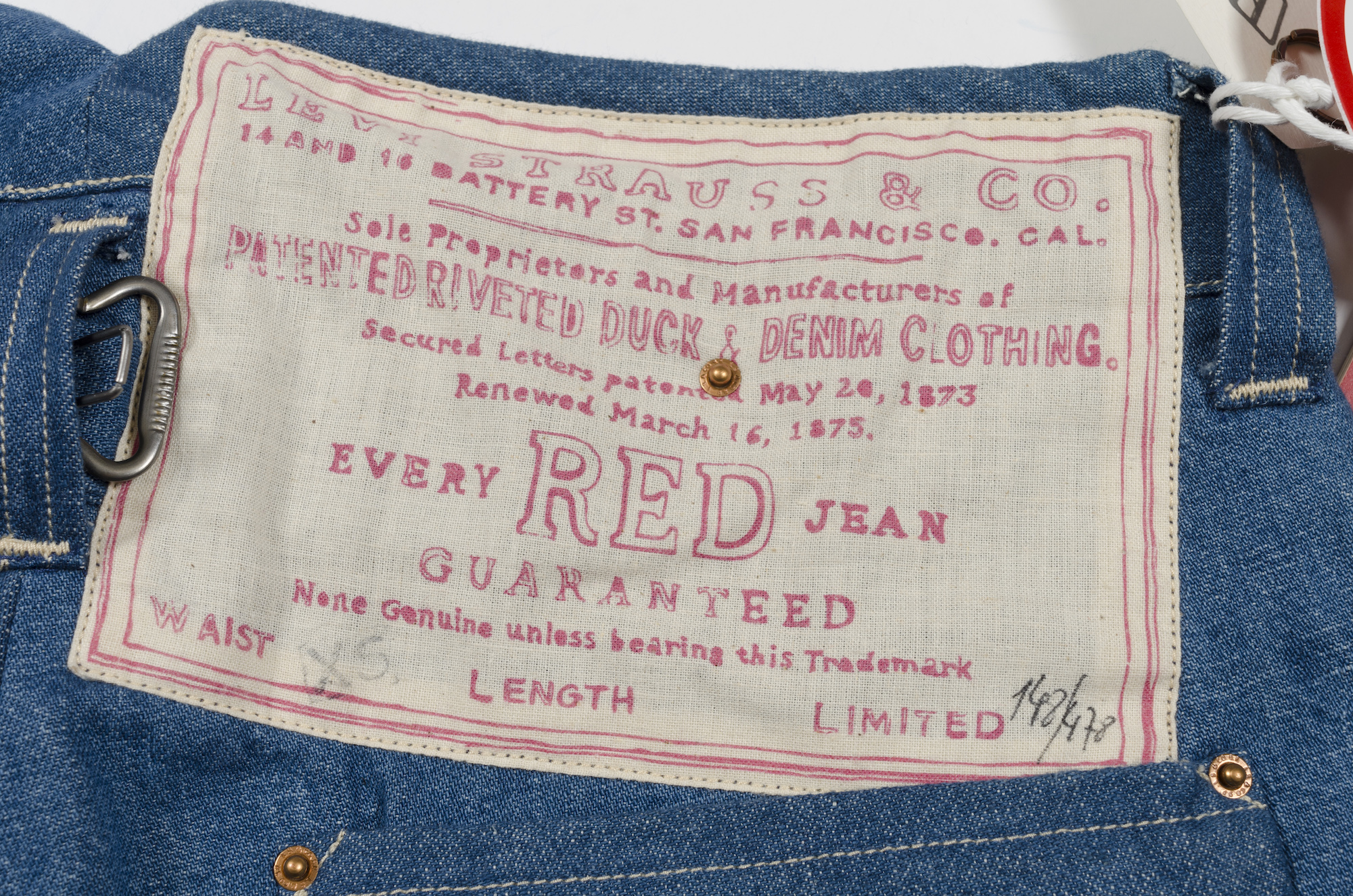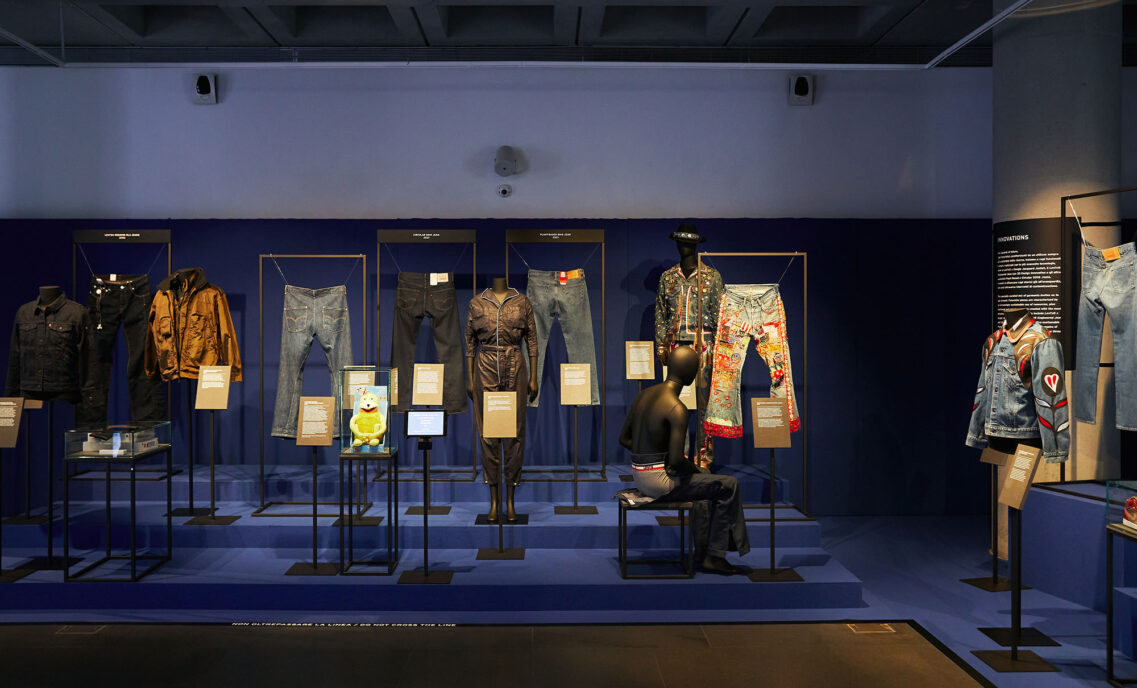This year, we reintroduced Levi’s® Red, more than 20 years since the first release of the innovative Levi’s® line that sparked a radical review of Levi’s® classic five-pocket denim. What inspired a reevaluation of a timeless design? Here’s a look back at the origin of Levi’s® RED.
The year? 1999. The need? Educating young consumers unaware of Levi’s® as the originator of the blue jean. “Levi’s® RED was a pure laboratory,” recalled Matt McGivern, who was the Levi’s® RED product manager at the time. “The standard five-pocket jean was deconstructed and redesigned.”
Levi’s® Danish-born designer Rikke Korff led the effort. Her approach was to evaluate how to design a product from scratch. “She looked at everything through a Zeitgeist… She’d take months to do her research and then it would manifest in products at the end of the day,”explained Matt. “It was literally looking [at] the core of the brand and asking, ‘What would the jean look like today?’”
In the end, the approach was innovative, fresh and original. RED referenced Levi’s® archival garments like XX (1879), the oldest blue jeans in the world, but reinterpreted virtually every element to create a radical new construction of Levi’s® denim clothing. Another remarkable RED first? Designers selected a narrow-width green selvedge denim from a Japanese mill — a new cast never seen before.
The form of Levi’s® RED garments was also innovative: an ergonomic design engineered to fit the human body for ease of movement. The solution was to create a 3D form. This meant skewed side seaming and sculpted hems, new enlarged and reengineered back yoke and enlarged pocket scoops for easy access. Design details included:
- A super tight fabric construction that would keep rigid look after washing but still soft to wear.
- An exaggerated “anti-fit” allowing for movement and different body shapes.
- Construction that included a thicker thread, bar tacks with an improved grip, metal fastenings exaggerated for strength and hidden rivets under the back pockets. It also included single-needle stitching; a longer and narrower fly; an enlarged watch pocket that was moved up; a large exaggerated red-stitched box used to represent the leather patch; a new back yoke for more room; and traditional Levi’s® sundries but in a new metal called white brass. At the time, Levi’s® was only company in the market using this metal.
- A primarily unisex collection, with a few pieces designed specifically for women.
For the 1999 launch, Levi’s® introduced Twisted RED, which were first offered in Europe and then the United States but limited to only 9,000 total units. As premium pieces, Levi’s® RED garments were only available in a few select shops globally.
Levi’s® followed the 1999 launch with seven unique RED collections over a 15-year period. The RED lines included Skewed RED (2001), Icon RED (2002), Workwear RED (2003), Sex RED (2004), Big RED (2006), Rustic RED (2007) and Lined RED (2014).
While today’s RED collections are a bit more accessible, the radical spirit of the design remains. Shop the current RED collection now, just download the Levi’s® app.







